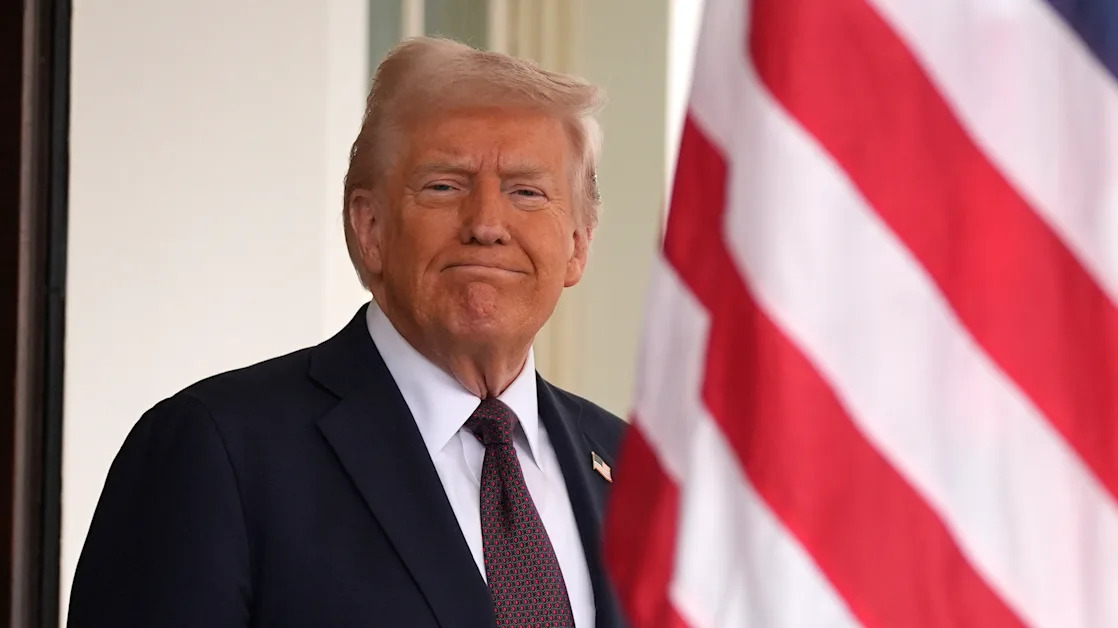-
Institutional investors continue to remain bullish about digital assets, embracing instruments beyond holding crypto like staking and derivatives.
-
Even though they are bullish, challenges to further adoption remain on the horizon.
Institutional investors are set to increase digital asset allocations in their portfolio to 7% by 2027, with the market for tokenized assets projected to surpass $10 trillion by 2030, signaling significant growth in the sector, but challenges remain on the horizon according to a new report on the topic from The Economist commissioned by crypto exchange OKX.
Currently, asset managers allocate between 1%-5% of their assets under management (AUM) to digital assets.
"The positioning of digital assets within institutional portfolios has been focused on trading of cryptocurrencies, with bitcoin and ether representing the largest investment avenues," the report reads. "But institutional investors are exhibiting greater optimism around digital assets, encouraged by the expanding availability of a wider range of investment vehicles that take them beyond just cryptocurrencies."
The report says 51% of institutional investors are considering spot crypto allocations, 33% are looking at staking digital assets, 32% are exploring crypto derivatives and 36% are looking at funds that track crypto.
More institutional investors are now considering digital assets outside of just holding cryptocurrencies, such as staking, crypto derivatives, and tokenized bonds, highlighted by the uptick in digital assets on the market like the European Investment Bank's pounds 50 million ($66 million) digitally native bond, the $1 billion in tokenized U.S. treasuries , and the HK$6 billion ($766.8 million) Hong Kong digital currency bond.
Custodians are also playing an important role in allowing institutional investors to embrace digital assets, with 80% of traditional and crypto hedge funds surveyed using a custodian, the report says. Within Asia, many crypto custodians are obtaining the same custodian licenses as their TradFi counterparts, such as Hong Kong's Trust or Company Service Provider (TCSP) while in Singapore, the country's Monetary Authority has created its own crypto custodian framework .
But there are still challenges on the horizon, such as the lack of regulatory harmony.
"The lack of uniformity in regulatory frameworks across different jurisdictions creates uncertainty, making it challenging for institutional investors to navigate compliance requirements and manage the risks associated with regulatory changes," the report reads while praising Europe's MiCA as an example of regional regulation that works.
"Varying approaches across regions can lead to market instability and complicate efforts for institutions to integrate digital assets into their portfolios," the authors continued.
The report said the fragmentation of liquidity is another concern for investors, as it can cause market instability and make it difficult for institutions to execute transactions efficiently in the digital asset space.
"Liquidity fragmentation across different blockchain networks and digital asset markets can lead to price inefficiencies, posing a significant challenge for institutional investors handling large-scale transactions," the report reads.
There are attempts to solve this problem with technology like native token transfers, which are considered to be an evolution in wrapped crypto.
Native token transfers, as CoinDesk previously reported , enable seamless cross-chain movement of tokens while maintaining their unique properties and ownership, unlike wrapped assets, which create multiple, non-fungible versions.
This report from OKX reached a similar conclusion to a recent Nomura survey , which found that 54% of Japanese institutional investors plan to invest in cryptocurrencies within the next three years, with 25% having a positive view of digital assets and a preferred allocation of 2%-5% of AUM.





